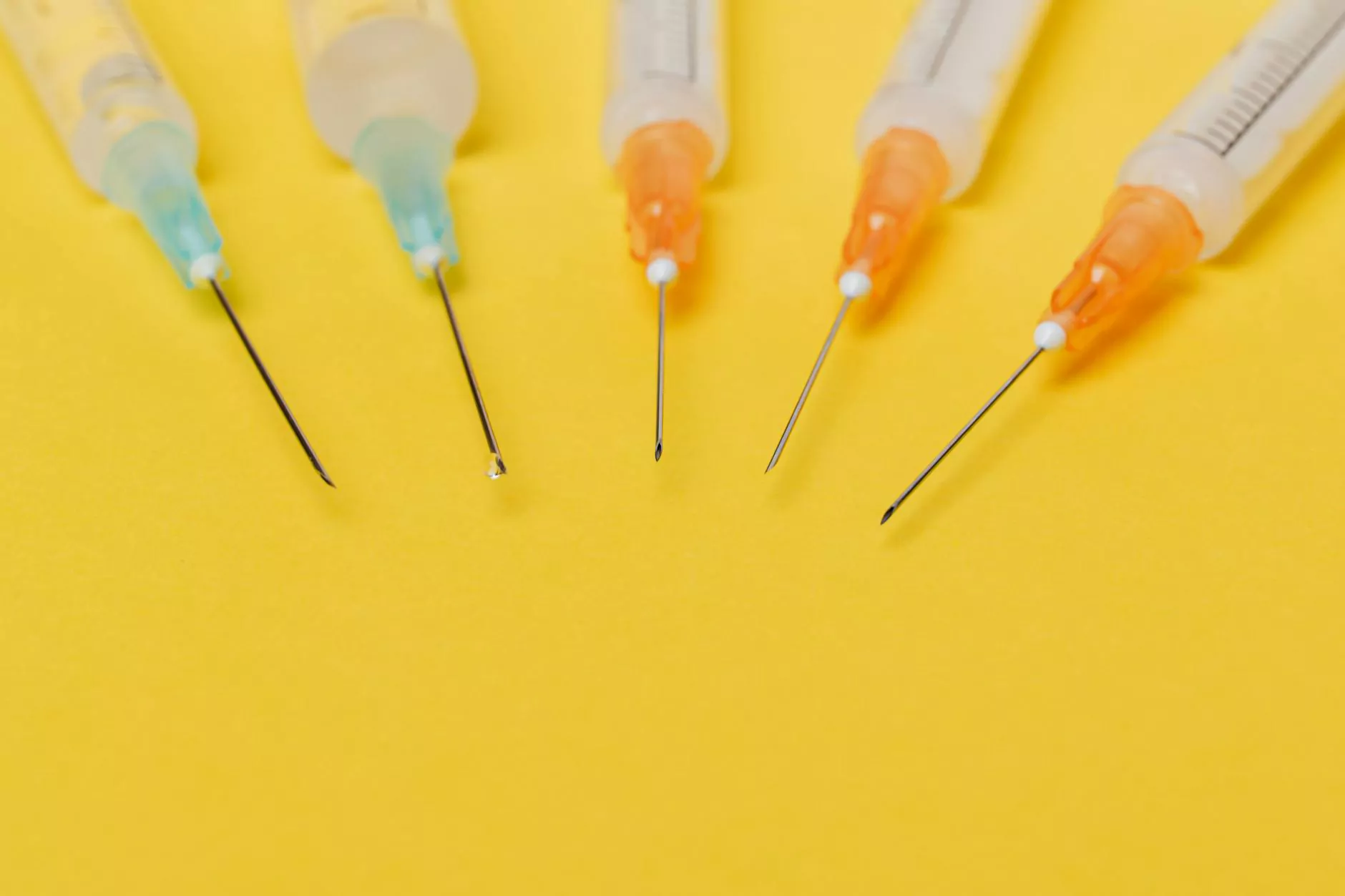Understanding CT Scan Lung Screening: A Comprehensive Guide

CT scan lung screening is revolutionizing how we approach lung health, specifically in the detection of lung cancer. This powerful imaging tool is designed to identify early-stage lung cancer, enabling timely and effective treatment options. In this detailed guide, we will delve into what a CT scan lung screening entails, its benefits, and why it should be a consideration for at-risk individuals.
What is a CT Scan Lung Screening?
A CT scan, or computed tomography scan, is a diagnostic imaging test that uses X-rays to create detailed cross-sectional images of the body. Unlike traditional X-rays, which show images in two dimensions, a CT scan provides a three-dimensional view, allowing healthcare professionals to better visualize internal structures.
The CT scan lung screening specifically targets the lungs and is primarily utilized to detect lung cancer at an early stage when the disease is more likely to be treatable. It is particularly recommended for individuals who are at a higher risk due to factors such as smoking history, age, or occupational exposure to carcinogens.
Why is CT Scan Lung Screening Important?
Early detection is crucial when it comes to successfully treating lung cancer. Here are several reasons why CT scan lung screening plays a vital role in lung health:
- Early Detection: Studies have shown that screening high-risk individuals with low-dose CT scans can significantly reduce mortality rates from lung cancer.
- Precision: The detailed imaging from a CT scan allows for the detection of small nodules or growths that might go unnoticed with a conventional X-ray.
- Comprehensive Analysis: CT scans provide detailed information about the size, shape, and position of lung nodules, aiding in diagnosis and treatment planning.
- Minimally Invasive: The screening process is non-invasive, with no requirement for anesthesia, making it a convenient option for patients.
Who Should Consider CT Scan Lung Screening?
The following groups are typically recommended for CT scan lung screening:
- Individuals aged 50 to 80 years who have a history of heavy smoking (defined as a 20 pack-year history).
- Current smokers and those who have quit smoking within the past 15 years.
- Individuals with a family history of lung cancer or other significant risk factors.
- Those exposed to occupational hazards such as asbestos or other carcinogenic substances.
How Does a CT Scan Lung Screening Work?
The process of undergoing a CT scan lung screening is straightforward:
- Preparation: No special preparation is needed, but patients should inform the healthcare provider about any medications or health conditions.
- Procedure: The patient will lie on a table that slides into the CT scanner. The machine rotates around the body, taking images from multiple angles.
- Duration: The scan itself typically takes about 10 to 30 seconds, although the entire appointment may last longer due to preparation and waiting times.
- Follow-up: After the scan, a radiologist interprets the images, and results are sent to the referring physician, who will discuss them with the patient.
What to Expect After the Screening
Once the CT scan lung screening is completed, patients can generally resume normal activities immediately. The following outlines what to expect:
- Results Timeline: Patients typically receive their results within a week.
- Further Testing: If abnormal findings are detected, further testing such as additional imaging, a biopsy, or consultations with a specialist may be necessary.
- Support: It's important for patients to discuss their results and any concerns with their healthcare provider to understand next steps.
Benefits of Low-Dose CT Scan Lung Screening
Low-dose CT scan lung screenings offer substantial benefits, especially when compared to traditional screening methods:
- Reduced Radiation Exposure: Low-dose CT scans are designed to minimize exposure, making it safer for frequent screening.
- Improved Detection Rates: They have been shown to detect more early-stage lung cancers than other methods.
- Lower Risk of Overdiagnosis: The screening is targeted towards high-risk individuals, reducing the chances of unnecessary procedures.
The Role of Healthcare Providers in CT Scan Lung Screening
Healthcare providers play a crucial role in the lung cancer screening process. Their responsibilities include:
- Risk Assessment: Determining the patient’s eligibility based on smoking history, age, and other risk factors.
- Patient Education: Providing information about the benefits and limitations of CT scan lung screening.
- Result Interpretation: Analyzing the results and determining whether further action is necessary.
- Emotional Support: Offering support and guidance to patients undergoing the screening process, especially if results are concerning.
Common Misconceptions About CT Scan Lung Screening
Despite the clear benefits of CT scan lung screening, several misconceptions persist:
- Myth: CT scans are only for smokers. Truth: While smokers are at higher risk, individuals with a family history or exposure to other risk factors should also consider screening.
- Myth: Screening is overly invasive. Truth: The procedure is non-invasive and does not require anesthesia.
- Myth: A negative result means no risk of lung cancer. Truth: A negative screening does not eliminate the risk. Continuous monitoring and healthy lifestyle choices are essential.
Conclusion: The Future of Lung Health with CT Scan Lung Screening
As the understanding of lung cancer advances, the role of CT scan lung screening becomes increasingly paramount. With its ability to detect lung cancer in its earliest stages, it offers hope for better outcomes and survival rates. If you or someone you know is at risk, it’s vital to consult healthcare providers about the potential benefits of lung screening.
Visit neumarksurgery.com for more information on lung health, screenings, and how we can assist you in making informed decisions regarding your health.
Take Action: Don’t Wait Until It’s Too Late
In our collective pursuit of better health, early detection through CT scan lung screening could be the decisive factor in saving lives. Schedule a consultation today and learn more about your options in lung health monitoring.









